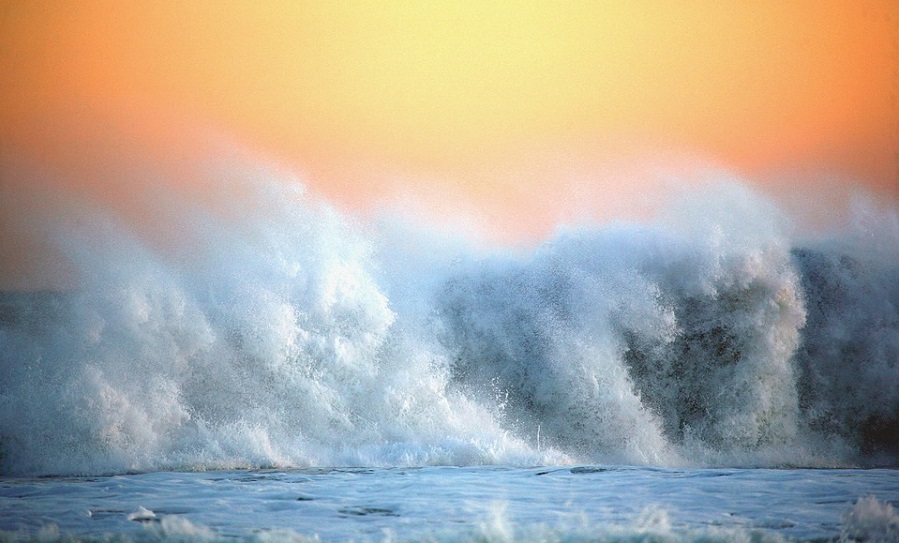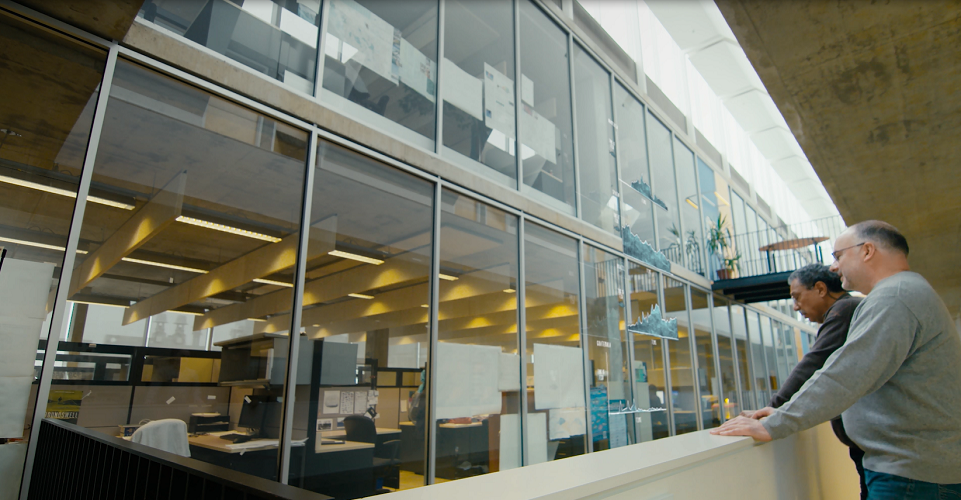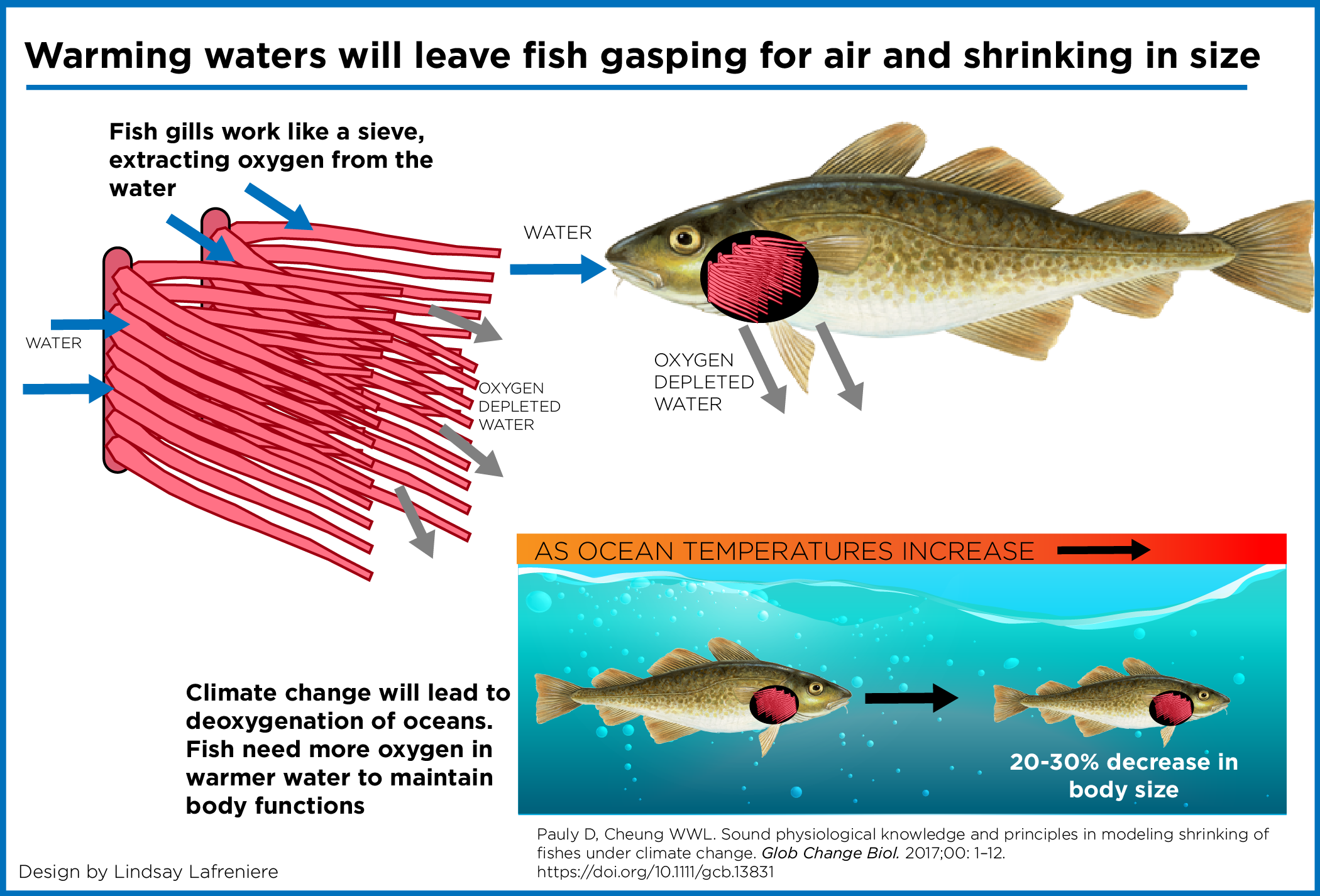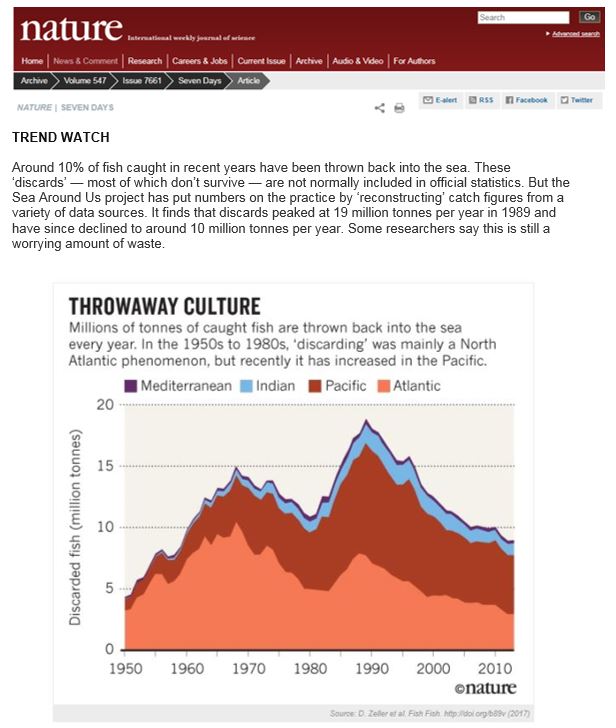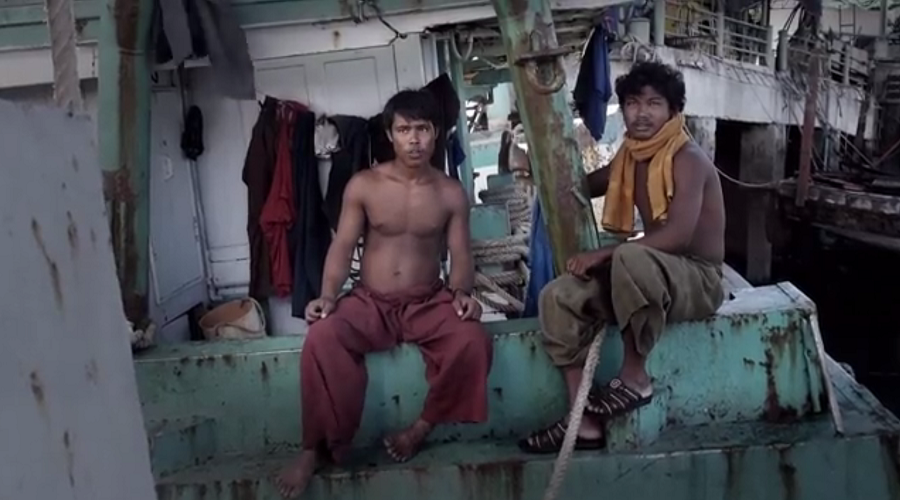By Daniel Pauly.
When dealing with the gross features of the atmosphere and oceans and how they are influenced by global warming, we must realize that these two systems can be understood as part of a vast machine that transports the sun’s heat from the tropics to the poles.


